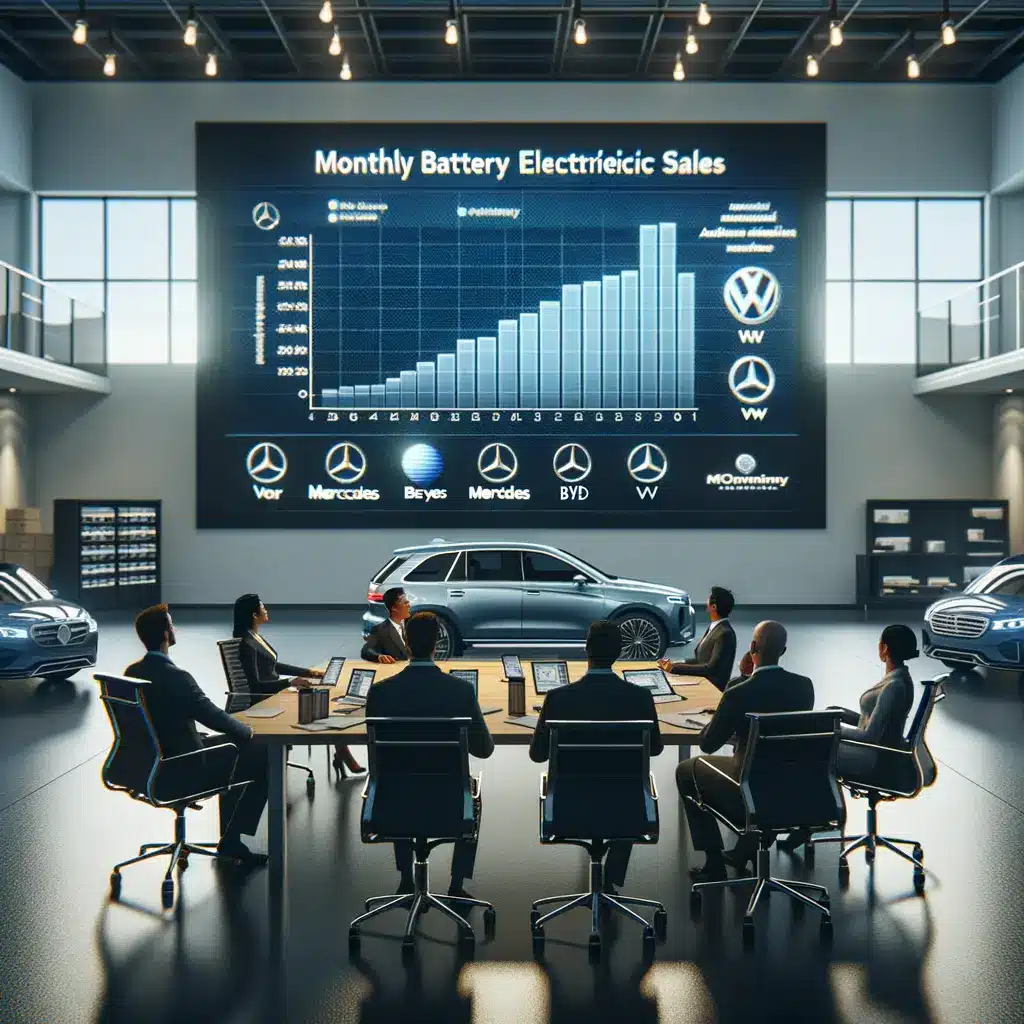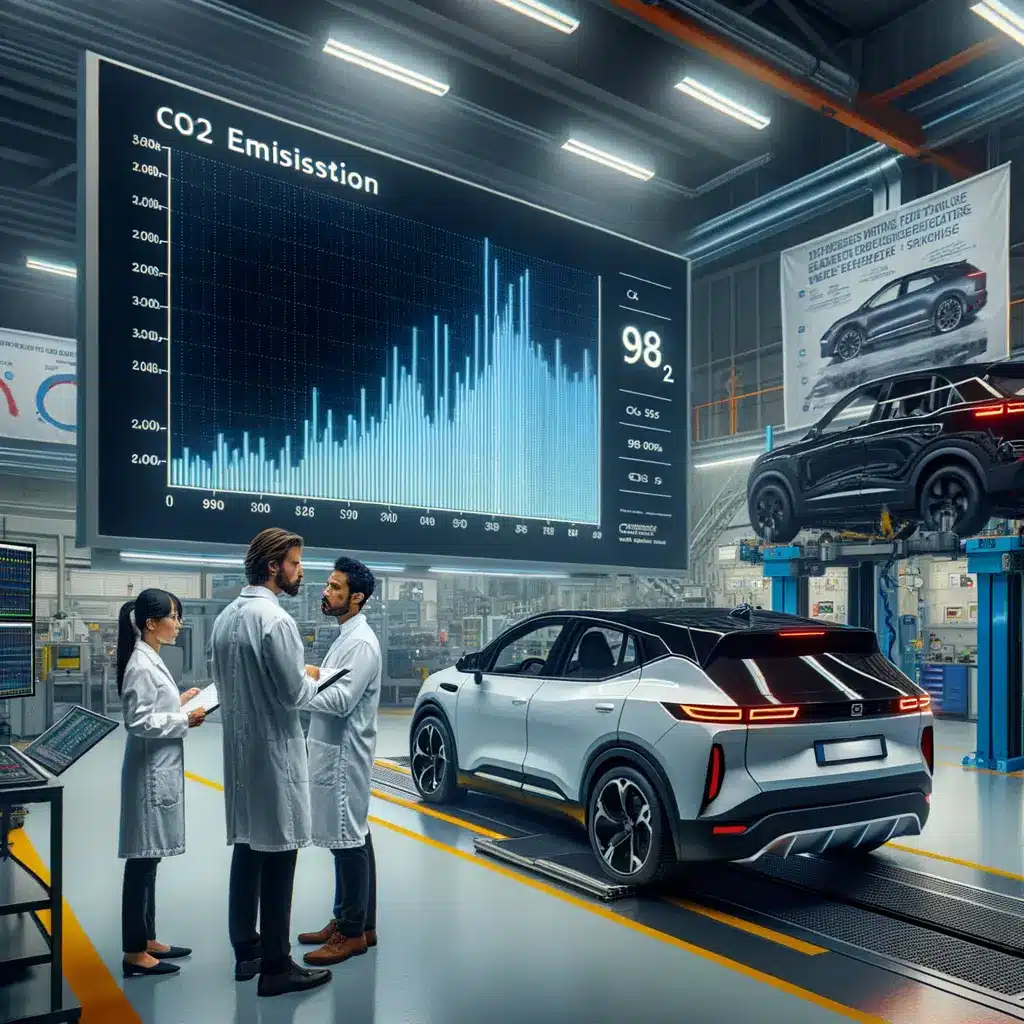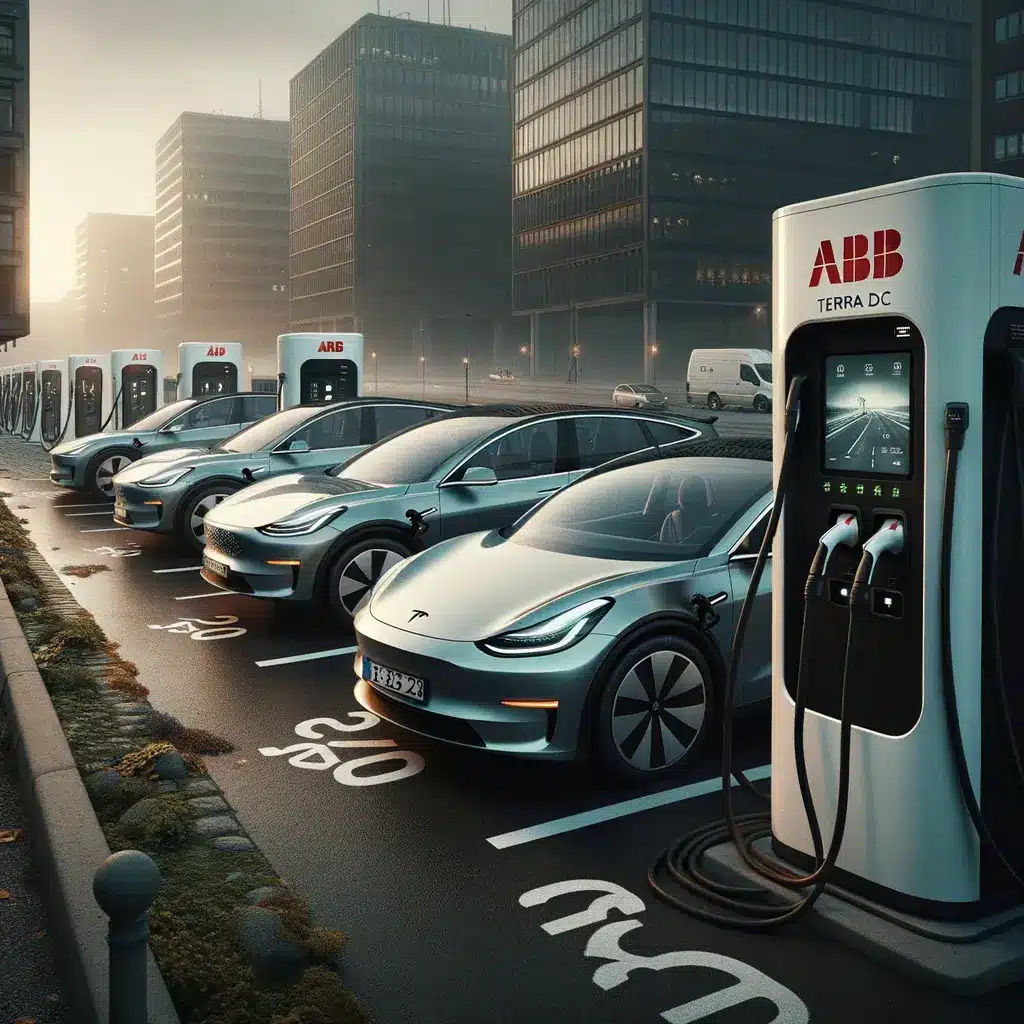European EV Market 2025 Overview: Why BEV Momentum Matters
Electric mobility has moved from buzzword to business as usual, and nowhere is that clearer than in the European EV market 2025. According to the September Monitor issued by the International Council on Clean Transportation, battery-electric vehicles (BEVs) already account for 20 % of all new passenger-car registrations across the continent. That is a one-percentage-point jump in just a month and a three-point gain versus the same period in 2024—evidence that adoption is accelerating rather than plateauing.
Manufacturers such as Nissan-BYD, Mercedes-Volvo-Polestar-Smart, and BMW are capturing the lion’s share of this growth, each with BEV shares well above 24 %. Meanwhile, the Volkswagen pool finds itself at 19 %, highlighting the competitive shake-up taking place. For policy makers, fleet operators, and consumers alike, these numbers underscore a simple truth: the transition to zero-emission mobility is no longer theoretical.
From an investment standpoint, the European EV market 2025 offers clear signals. Vehicle makers that lag could face costly CO2 penalties, while early movers may tap new revenue streams in energy services and software. For readers new to the space, see our earlier guide to total cost of ownership for electric cars and our detailed look at Norway’s incentive playbook. All of these developments make tracking electric vehicle market trends essential for anyone planning products, charging projects, or climate policy.

BEV Sales Performance: Winners and Laggards Among Manufacturer Pools
Drilling deeper into BEV sales Europe reveals stark differences between manufacturer pools. The Nissan-BYD alliance currently tops the charts with a 28 % BEV share, narrowly eclipsing the Mercedes-Volvo-Polestar-Smart pool at 27 %. BMW, Hyundai-Kia, and Tesla pools also post strong performances in the 20-26 % band. These leaders enjoy scale advantages in battery procurement, dedicated EV platforms, and brand perceptions built around innovation.
Conversely, Volkswagen—long Europe’s overall volume champion—finds itself under pressure with only 19 % BEV share. Analysts attribute the shortfall to platform complexity, software delays, and a slower-than-expected rollout of the ID family. More striking is SAIC’s dramatic decline from 37 % in 2024 YTD to just 13 % in 2025 YTD, illustrating how quickly the leaderboard can change in the European EV market 2025.
Why the volatility? The answer lies in model cadence, incentive cliffs, and supply-chain resilience. Kia managed to boost its BEV mix by eight percentage points year-over-year simply by launching two competitively priced crossovers with 800-V charging. Hyundai and Volkswagen added seven points each by expanding factory capacity in Slovakia and Germany. As electric vehicle market trends evolve, sales leadership will increasingly be dictated by over-the-air software updates, energy-pricing services, and residual-value guarantees—areas where traditional automakers must catch up to Tesla-style playbooks.

CO2 Targets EU Cars: How Carmakers Are Closing the Emissions Gap
Selling electric cars is only half the story; meeting the EU’s fleetwide CO2 targets is the true litmus test. The average manufacturer pool emitted 100 g CO2/km in 2025 YTD—seven grams above the mandated 92 g CO2/km limit for the 2025-2027 compliance window. Despite this aggregate gap, the European EV market 2025 has produced notable over-achievers. Newly formed Nissan and BMW pools are already fully compliant, while Tesla sits an impressive 91 g CO2/km below its threshold thanks to its 100 % BEV lineup.
Volkswagen confronts the largest shortfall at 12 g CO2/km. If left unaddressed, that could translate into hundreds of millions of euros in fines. The pressure is amplified by the phase-out of super credits and the tightening of test-cycle multipliers. To close the gap, OEMs are turning to higher-volume BEV launches, plug-in hybrid extensions, and targeted buy-ins of credits from over-compliant brands.
From an investor perspective, CO2 targets EU cars function like a carbon tax baked into the product roadmap. Each incremental gram above target adds cost, while each gram below unlocks margin or tradable credits. Stakeholders interested in the policy dimension can reference our article on Fit-for-55 regulations and our explainer on the EU’s Carbon Border Adjustment Mechanism, both valuable reads alongside this discussion of the European EV market 2025.
Country-Level Registration Trends: New Growth Hotspots to Watch
Market averages can obscure local breakouts, and the European EV market 2025 is no exception. Spain and Austria posted the highest overall passenger-car growth between January and September, up 15 % and 12 % respectively. Poland stole the spotlight on the BEV front with a staggering 107 % increase in registrations versus 2024. Spain followed closely at 89 %, reflecting new incentives and wider model availability.
In Northern Europe, Norway, Denmark, Sweden, and the Netherlands each boast combined BEV and PHEV shares above 50 %—a benchmark once deemed futuristic. Germany, Europe’s largest auto market, continues to surprise skeptics: BEV registrations rose 38 % YTD and exceeded 45,000 units in September alone. Conversely, France and Belgium experienced volume declines, partly due to incentive reductions and supply constraints.
Drilling down further, plug-in hybrid growth is most pronounced in Spain (up 107 %) and Poland (up 92 %), while full hybrids claim a commanding 23 % share in France. Mild hybrids are gaining traction, especially in Italy where they now account for nearly a third of new registrations. For readers wanting more granularity, our breakdown of Italian tax credits for company cars and our spotlight on Polish charging-infrastructure grants provide useful context. Together, these dynamics affirm that regional policy remains a key swing factor within the broader European EV market 2025.

EV Charging Infrastructure Europe: Keeping Pace With Surging Demand
Vehicle adoption without adequate plugs is a recipe for consumer frustration, yet the latest numbers suggest Europe is largely staying ahead of the curve. By the close of Q3, the continent hosted more than 1.09 million public charging points—an increase of 40,000 since June. AC chargers still dominate at roughly 80 %, but DC installations grew 41 % year-on-year, highlighting a strategic pivot toward faster top-ups.
Denmark leads AC expansion with a 44 % annual jump, while Austria is the DC front-runner at 70 %. Belgium and—surprisingly—Denmark also notch 57 % DC growth, reflecting public-private partnerships and streamlined permitting. Still, Italy and Spain trail the European average, underscoring the importance of continued EU funding under the Alternative Fuels Infrastructure Regulation (AFIR).
Measured against vehicle stock, Europe now offers 8.2 kW equivalent of public charging per thousand passenger cars—up from 7.5 just a quarter earlier. Norway remains the gold standard at more than 50 kW per thousand vehicles, followed by Iceland, Denmark, and Sweden. For a deeper dive into network economics, see our analysis of tariff structures for ultra-fast hubs and our recent interview with grid operators on peak-demand management. Robust infrastructure build-out is indispensable to sustaining the growth trajectory of the European EV market 2025.

What’s Next for the European EV Market 2025 and Beyond
With BEV penetration at 20 % and climbing, the European EV market 2025 is at a critical inflection point. Over the next 12-18 months, three forces will determine whether momentum accelerates or stalls. First, supply: battery prices are forecast to dip below €80/kWh in 2026, enabling more affordable compact EVs. Second, policy: the Euro 7 standard and potential tightening of CO2 targets EU cars could further incentivize zero-emission drivetrains. Third, infrastructure: the Alternative Fuels Infrastructure Regulation mandates minimum charger density on core corridors, reducing range anxiety for cross-border travel.
For automakers, strategic clarity is essential. Consolidating platforms, securing battery materials through 2030, and investing in bidirectional-charging capabilities are no longer optional. Fleet operators should monitor total-cost-of-ownership parity, anticipated to arrive before 2027 for most segments. Consumers, meanwhile, will benefit from broader model choice, faster charging, and increasing second-hand availability.
As we close, remember that the European EV market 2025 is not a monolith. Regional disparities, evolving consumer preferences, and geopolitical supply-chain risks will all shape the next chapter. Stay tuned for our quarterly updates, and revisit our guide to battery recycling legislation to understand how circular-economy rules may influence residual values. The road ahead is dynamic, but the direction is unmistakable: electric.






